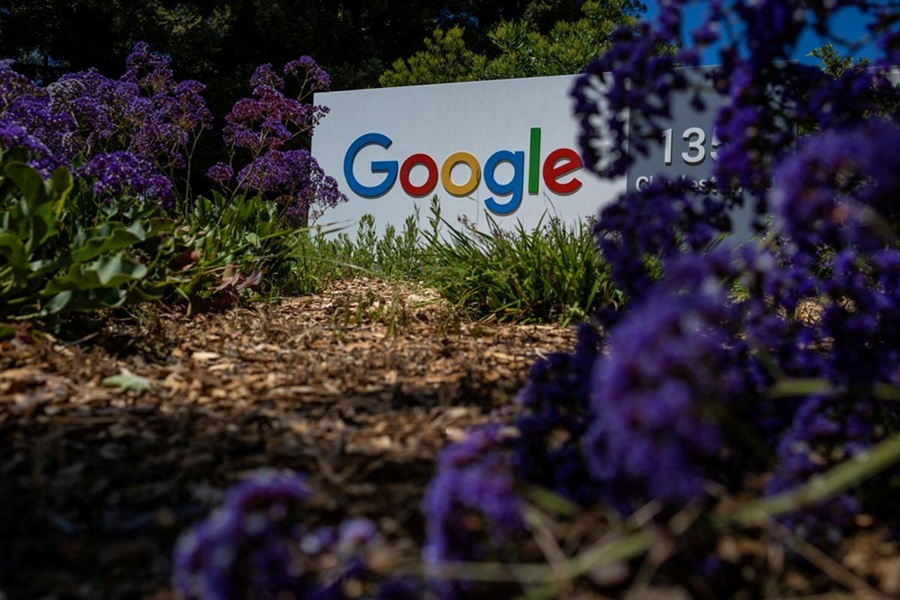In a bold stride toward the future of generative AI, Google has unveiled its newest innovation: Flow, an advanced video generation model that marks a significant leap in the field of artificial intelligence. Designed to transform text and image prompts into high-quality video clips, Flow underscores Google's commitment to pushing the boundaries of multimedia content creation using cutting-edge machine learning.
The Rise of Generative Video AI
Generative AI has seen explosive growth in recent years, with applications ranging from text and image generation to synthetic voice and music. While models like OpenAI's Sora, Runway's Gen-2, and Pika Labs have already entered the video space, Google's Flow adds a formidable new contender to the mix.
What sets Flow apart is Google's extensive research and computational muscle behind it. With decades of experience in AI and machine learning, Flow benefits from Google's vast infrastructure and expertise in both media and language understanding.
What Is Flow?
Flow is a multimodal AI model capable of producing videos from text, images, and potentially other modalities. According to Google's initial disclosures, the model can generate high-fidelity, temporally coherent videos that reflect complex visual scenes with impressive realism. It understands user prompts not just at a surface level, but with deeper context and nuance, allowing it to produce videos that feel both natural and expressive.
For instance, if given a prompt like "a cat surfing on a tropical wave during sunset", Flow can generate a short video clip that blends those elements into a seamless, dynamic visual scene. More impressively, the model captures stylistic and emotional tone as well—something previous generation tools often struggled with.
How Does Flow Work?
While the full technical architecture has not yet been disclosed in detail, Flow likely relies on a combination of transformer-based architectures, diffusion models, and video-specific optimizations like temporal consistency and motion synthesis. It builds on Google's existing work in image generation (such as Imagen and Parti), as well as video understanding systems from YouTube and DeepMind.
One of the key technical breakthroughs enabling Flow is its ability to model time-dependent changes in video frames, ensuring continuity and realism between each frame. Traditional frame-by-frame generation often resulted in jittery or incoherent sequences, but Flow reportedly uses a "flow-guided" approach to smooth transitions and maintain visual logic.
Potential Use Cases
The applications for a tool like Flow are vast and span multiple industries:
- Content Creation: Social media influencers, marketers, and filmmakers could use Flow to rapidly prototype or even finalize visual content.
- Education & Training: Teachers and institutions could generate illustrative videos for complex subjects without needing animation or video editing expertise.
- Entertainment: Game designers, storytellers, and artists can explore new forms of narrative driven by generative video.
- Advertising: Brands can generate localized, customized, and real-time ad creatives based on dynamic inputs.
Moreover, as generative video matures, it could disrupt entire pipelines in traditional video production, making high-quality content more accessible than ever.
Ethical and Safety Considerations
With great power comes great responsibility, and Google appears well aware of the potential risks. In its announcement, the company emphasized that Flow was developed with safety in mind, including:
- Built-in content filters to prevent the generation of harmful or misleading videos.
- Prompt auditing to screen for abuse, such as deepfakes or misinformation.
- Watermarking and traceability, ensuring that Flow-generated videos can be identified as synthetic.
These measures align with broader AI safety initiatives that Google and other tech leaders have committed to, especially as generative media becomes harder to distinguish from reality.
Flow vs. Competitors
Google’s Flow enters a competitive landscape already populated by notable players:
- OpenAI’s Sora has made headlines for its realistic physics and extended video length capabilities.
- Runway Gen-2 is popular for its accessibility and creative control options.
- Pika offers stylized animations and has gained traction with indie creators.
What gives Flow a potential edge is its integration with Google's ecosystem, which includes YouTube, Android, Google Cloud, and the broader Workspace suite. This could make Flow the go-to tool for seamless video generation across Google's platforms.
Future Outlook
While Flow is not yet publicly available for consumer use, early demos have already turned heads. Google is expected to roll it out gradually, likely starting with select partners, researchers, and enterprise clients. Eventually, a broader release—possibly integrated with tools like Google Photos, Slides, or YouTube Studio—could follow.
In the coming months, Google is also likely to refine the model’s ability to handle longer durations, complex narratives, and real-time interaction. This could position Flow not just as a video generator, but as a full-fledged storytelling engine.
Conclusion
Google’s unveiling of Flow marks a pivotal moment in the evolution of generative AI. As the technology matures, it has the potential to revolutionize how we create, share, and interact with video content. Whether you’re a creator looking for a new tool, a business seeking dynamic content, or simply a tech enthusiast, Flow is worth watching.
In a world increasingly driven by visual media, Flow may well become the bridge between imagination and moving image.
